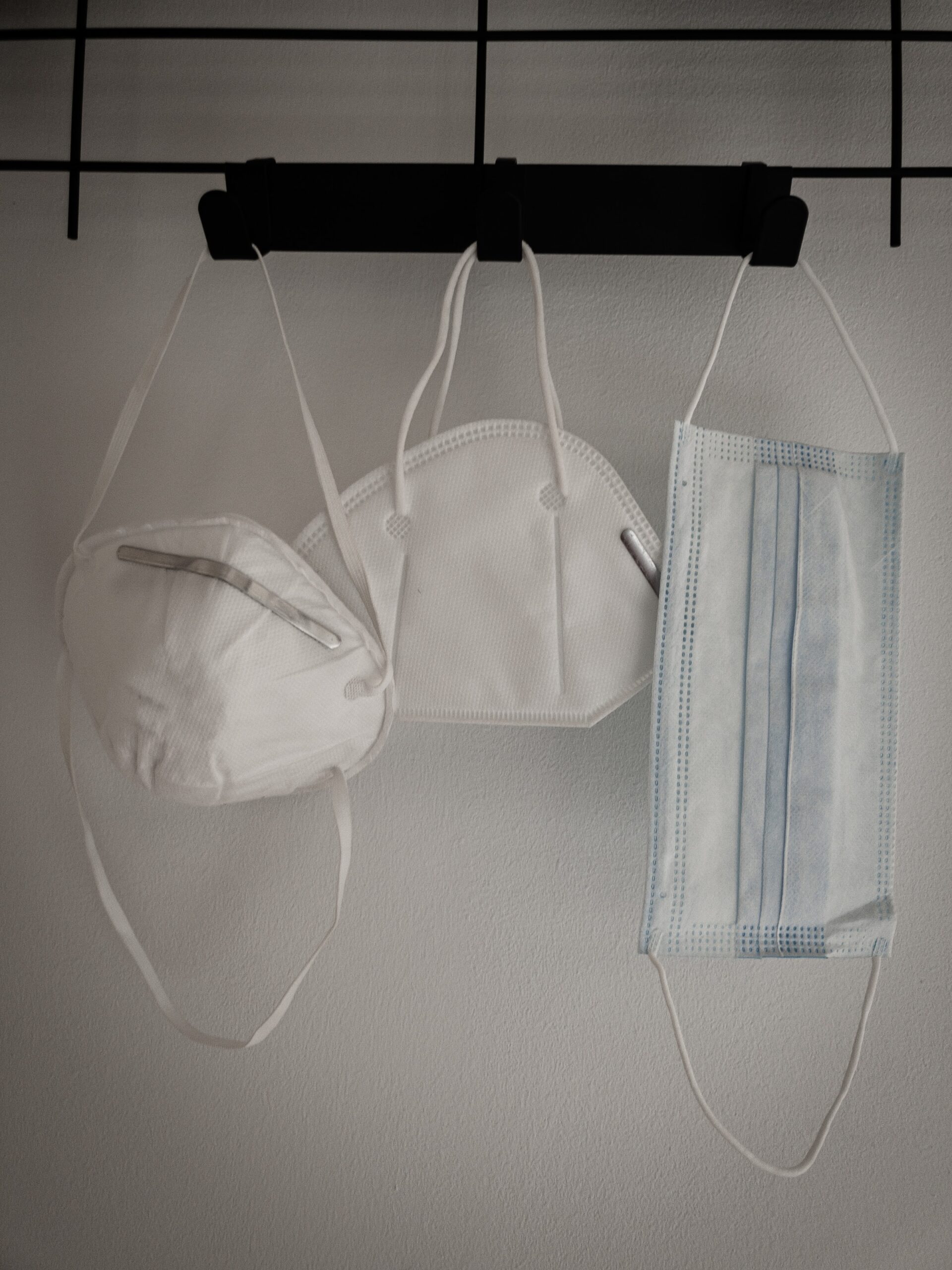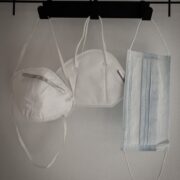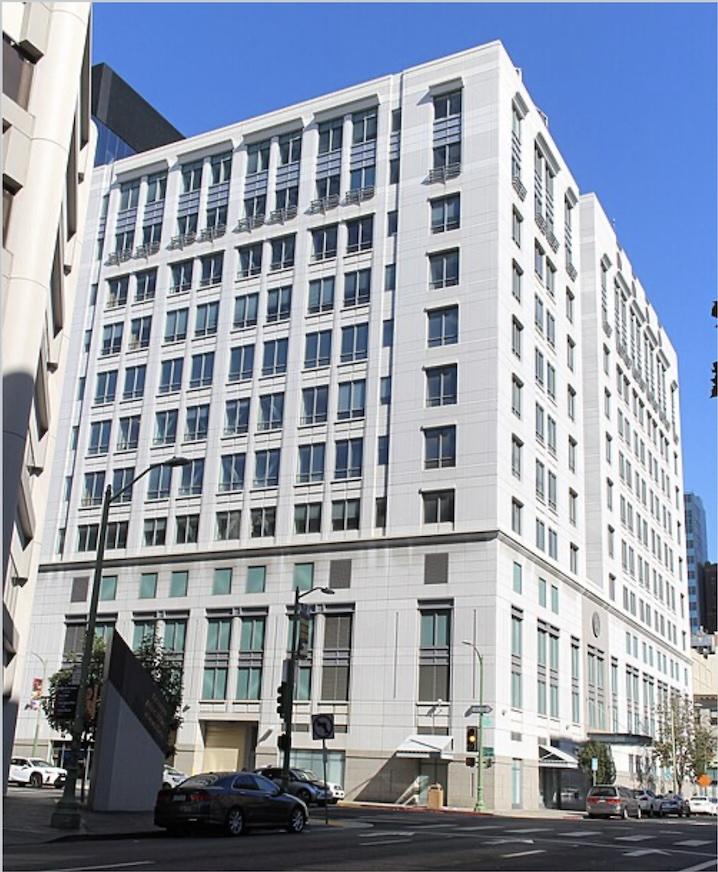
AMID the surging cases of the omicron variant of the coronavirus, California is extending its statewide indoor mask mandate for another month.
The state Department of Public Health announced on January 5 that masks should be worn in all indoor public settings, regardless of vaccination status, until February 15. The mandate went into effect on Dec. 15, 2021 with expiration on Jan. 15, 2022, but will be extended for another month.
The move comes as the state has experienced an increase in seven-day average case rates by six times and doubling of hospitalizations.
“Omicron is here,” California Health and Human Services Secretary Dr. Mark Ghaly said on Wednesday, January 5. “We can’t abandon the tools that we’ve used to achieve our collective success throughout this pandemic.”
The guidance recommends wearing well-fitted masks, such as surgical masks or higher-level respirators, such as N95s, KN95s and KF94s, be worn when in indoor public settings.
Exemptions to mask requirements include those younger than two years old; individuals with a medical condition or disability that prevents wearing a mask; persons who are hearing impaired, or communicating with a person who is hearing impaired, where the ability to see the mouth is essential for communication; or persons for whom wearing a mask would create a risk to the person related to their work, as determined by local, state, or federal regulators or workplace safety guidelines.
With the statewide guidance, Los Angeles County this week also announced that those who work indoors will be required to wear medical-grade masks starting Jan. 17.
The county’s Public Health Department modified its health order to reduce transmission risks for employees who work indoors in close contact with others. The mandate notes that employers will be required to provide their employees with the masks.
The health order also aligns with the state’s guidelines for attendance threshold for mega events — outdoor mega events, the new attendance threshold has been lowered to 5,000 attendees, and for indoor mega events, the new threshold is 500 attendees.
“Given the explosive spread of the virus, activities that put us in close contact with many other people now have an increased risk. As such, everyone needs to be sensible about how to protect themselves and those they love by layering on protections whenever around non-household members. At work, this means upgrading your mask if you work indoors and you are in contact with other workers or members of the public. At entertainment venues, this means limiting the time you spend without wearing your upgraded mask. And for other activities, this may mean postponing your participation until community transmission is much reduced,” Dr. Barbara Ferrer, director of the LA County Department of Public Health said.
On Friday, January 7, the county recorded 43,712 new positive cases, setting a record for one day, with a positivity rate of 20.9%. The previous day was another record-breaking case load with over 37,000 cases.
Public Health has identified a total 1,887,526 positive cases of COVID-19 across all areas of the county.
The county also confirmed 28 additional deaths and 43,712 new cases of COVID-19. Of the 28 new deaths reported, three people were between the ages of 30 and 49, four were between the ages of 50-64, 15 were between the ages of 65-79, and four were over the age of 80 years old. Of the 28 newly reported deaths, 24 had underlying conditions. To date, the total number of deaths in LA County is 27,756.
With the new modifications given the surge, public health officials continue to urge individuals to get vaccinated and boosted to prevent severe cases.
“Every resident can also do their part to protect our healthcare personnel and hospitals. Please get vaccinated or boosted as soon as possible if eligible,” Ferrer said. “Vaccinated individuals are between ten and thirty times less likely to need hospital care than those unvaccinated. We ask that you do not go to the emergency room unless you need care for a serious medical concern and please do not call 911 unless you have a life-threatening emergency.”







